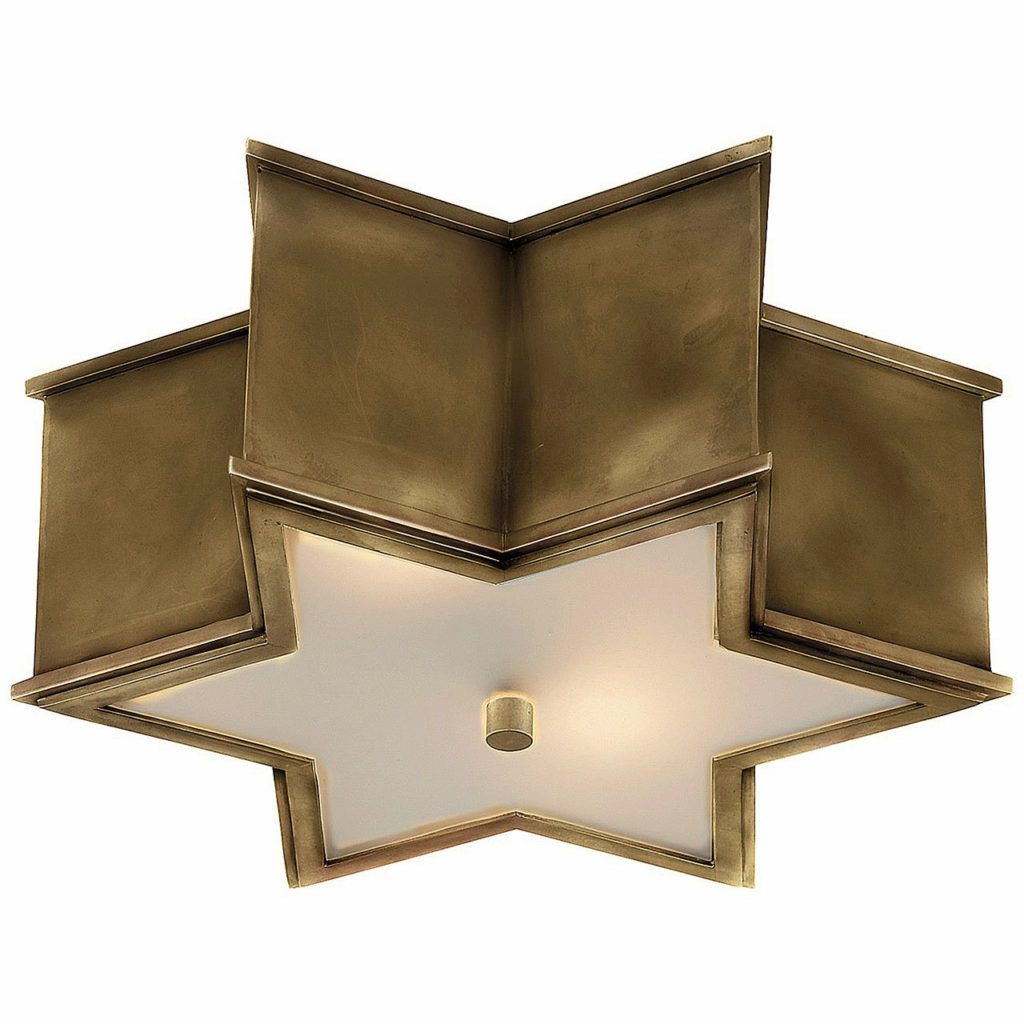By Elizabeth Mayhew, Special to The Washington Post
Just like chefs who rely on their culinary greatest hits, many designers have their go-to paint colors, fabrics and sofa shapes. I am a designer who frequently mixes up color, shape and style to suit my clients’ diverse needs and tastes; the only exception is lighting. Time and again, I resort to the same fixtures, whether they’re being hung in a modern loft or a center hall colonial. It’s not that I am lazy, but rather that I have found a number of reliable, classic clean-lined fixtures that work in just about any home. And most of them are readily available with little or no lead time.
Here are some of my favorite fixtures:
Task lights
To me, the best task light is Artemide’s Tolomeo. Designed in 1986, the award-winning polished-aluminum double-arm fixture comes in a variety of sizes, from a micro desktop model to a large standing floor version. There are many applications for the Tolomeo — it can be hard-wired on either side of a bed, clipped onto a bookcase or beam, or placed on the floor on a solid base ($155-$1,270). The fixture’s arm moves up and down easily, and the head swivels 360 degrees, making it an ideal reading lamp. The only downside is that the aluminum head can get hot to the touch — an easy issue to solve, as the company also makes the fixture with a parchment shade.
Sconces
The tailored lines of Vaughan’s Norfolk wall sconce make it adaptable to both modern and traditional settings. The fixture gives off a soft, diffused ambient light. The Norfolk is the perfect scale for entryways, hallways, powder rooms and libraries. The base is available in three finishes: brass, nickel and bronze. My preference is to pair the base with Vaughan’s Tapered Square Shade ($498 together, order through a designer), but the fixture looks just as dapper with a classic round shade.
My other sconce staple is the clip-on Lunette from David Weeks. I discovered the Lunette about 15 years ago when I was renovating my own apartment. I was overwhelmed by the construction process and couldn’t afford much, so the chic $32 glass-fiber-paper shade that clips onto a standard naked bulb was just what I needed. I had planned to replace the Lunette with a fancier, more permanent fixture, but I’ve never found anything I like better. I always recommend these to clients when their budgets are tight, and they typically follow my example and never replace them.
Pendants
For most kids’ rooms, I use some version of the Nelson Bubble Lamps. The sturdy fixtures ($295-$455) have a steel skeleton covered in a translucent washable plastic. (Even flying footballs would be hard-pressed to damage them.) They come in a variety of whimsical shapes, such as a flying saucer and a full moon, and I have yet to meet a kid who did not have a strong opinion about which one he or she wanted. For families with several children, I typically use a different shape in each kid’s room. All of the Bubble Lamps look at home in modern settings, and in traditional rooms they add an unexpected lift. The fixture, like most pendants, comes with an adjustable electrical cord so you can hang it as low or as high as you want.
For more formal living spaces, such as living rooms and dining rooms, I often use one of Isamu Noguchi’s Akari Light Sculptures. Designed by Noguchi in the ’50s, the iconic paper lanterns (starting at $160) are still made by their original Japanese manufacturer. The fixtures look similar to the Nelson Bubble Lamps, but their delicate structure (bamboo and handmade washi paper) makes them more fragile and thus more ethereal and elegant. The Akari sculptures come in impressive sizes (Model 120A is 47 inches by 46 inches), so they suit big spaces with high ceilings.
Kitchens and entryways usually call for a more solid-looking and substantial pendant, such as Thomas O’Brien’s Hicks Large Pendant ($735), available through Circa Lighting. The fixture comes in two sizes and four finishes, so it’s easy to find one that works. I particularly like the bronze and antique-brass version; the warm-toned mixed-metal combo is useful when a room has multiple finishes.
Flush mounts
I have a repertory of flush mounts that I use for hallways, bathrooms and dressing rooms. Restoration Hardware’s Barton and Harmon flush mounts work well in bathrooms; I usually use the hexagon-shaped Barton ($249-$369) in more feminine bathrooms and the simple Harmon ($269-$379) in more masculine settings. Both fixtures come in three sizes and four finishes.
Designer Alexa Hampton’s Basil ($630-$693) and Sophia ($496-$735) flush mounts are more decorative than those from Restoration Hardware. They, too, are available in different sizes and finishes, but their shapes — the Basil is clover-shaped and the Sophia star-shaped — are more unexpected and jewel-like. I like to use them in dressing rooms and vestibules where there is little opportunity for other decoration.
For hallways where several fixtures in a row are needed, I like to use Eric Cohler’s Star Flush Mount. Not everyone likes the fixture at first (clients are turned off — no pun intended — by the exposed bulb), but when it is paired with a silver-tipped bulb, they usually change their minds. I also use the fixture ($370) inside walk-in closets to upgrade utilitarian porcelain sockets.
For more casual hallways — back halls and mudrooms — I often use Restoration Hardware’s Vintage Barn Flush Mounts. Available in seven finishes and three sizes, these iconic fixtures are friendly, affordable ($219-319) and adaptable.
Elizabeth Mayhew, a “Today” show style expert and former magazine editor, is the author of “Flip! for Decorating.”
Talk to us
> Give us your news tips.
> Send us a letter to the editor.
> More Herald contact information.



























